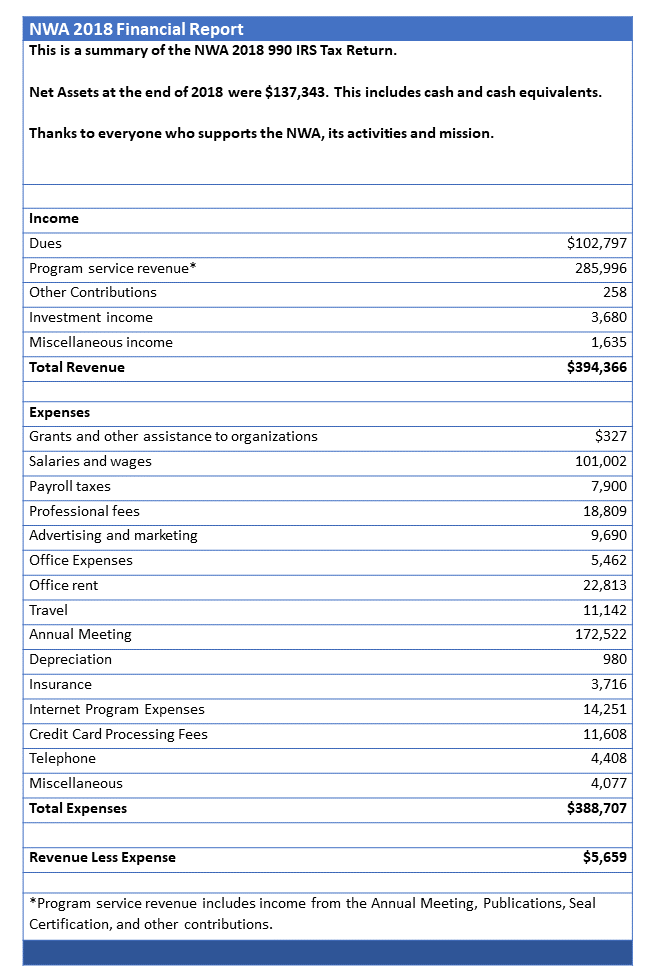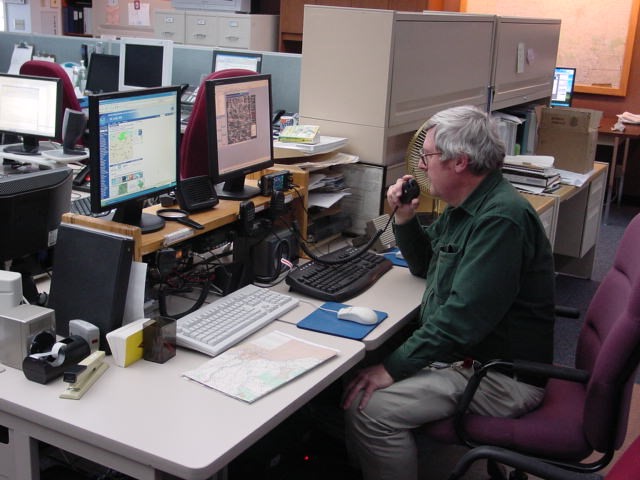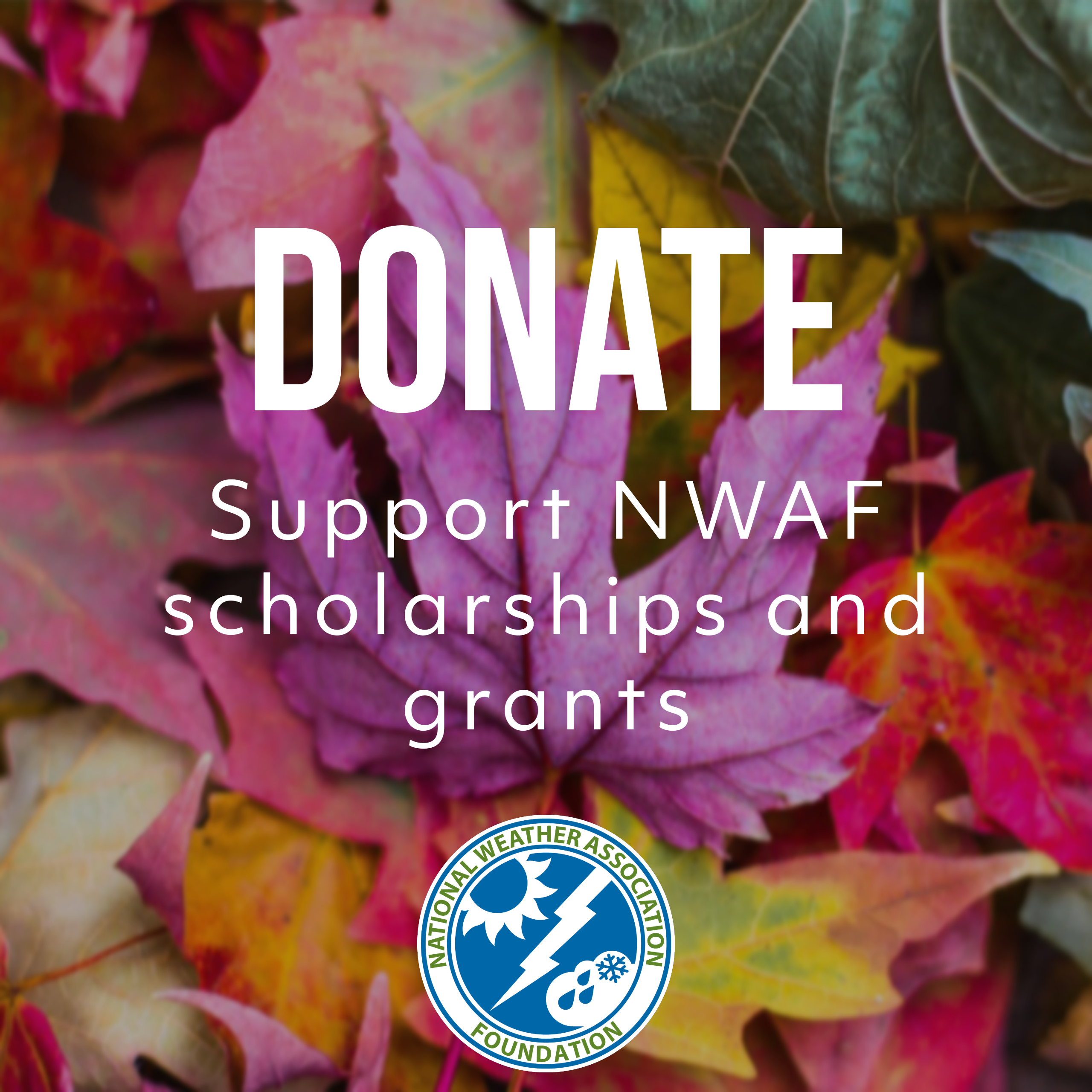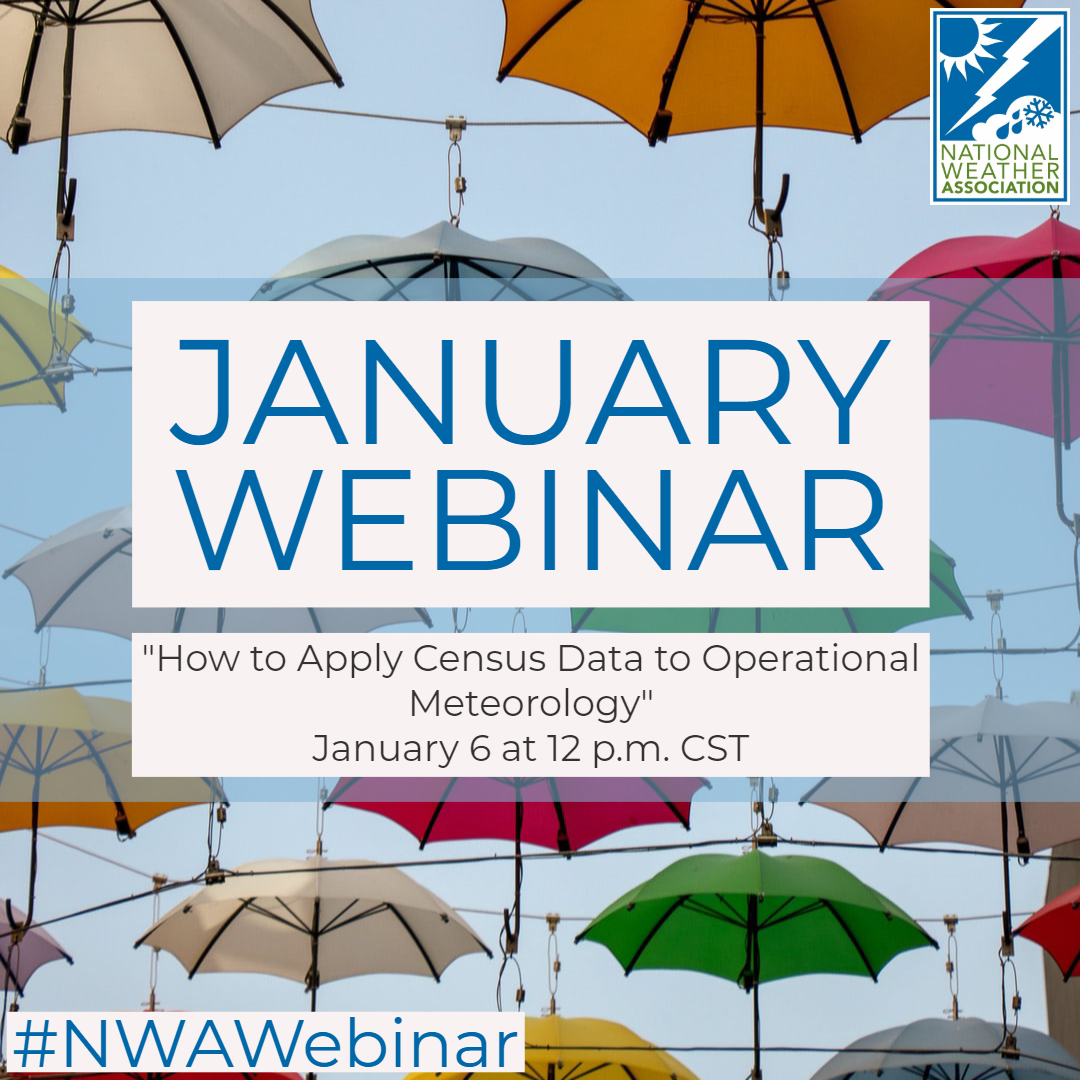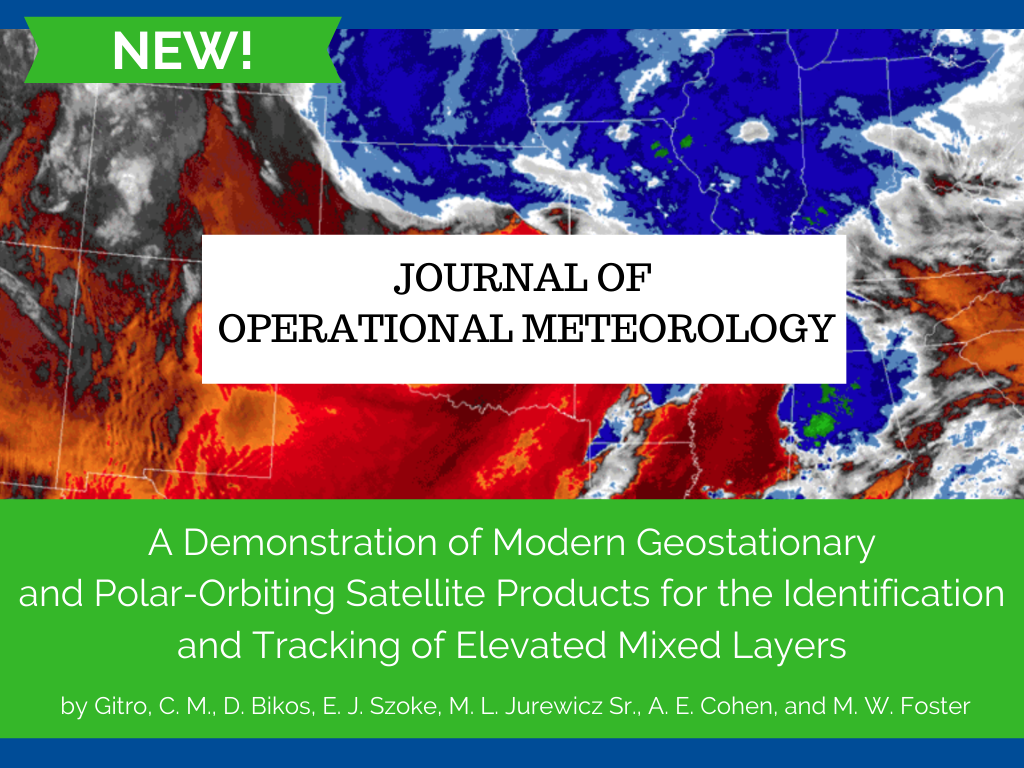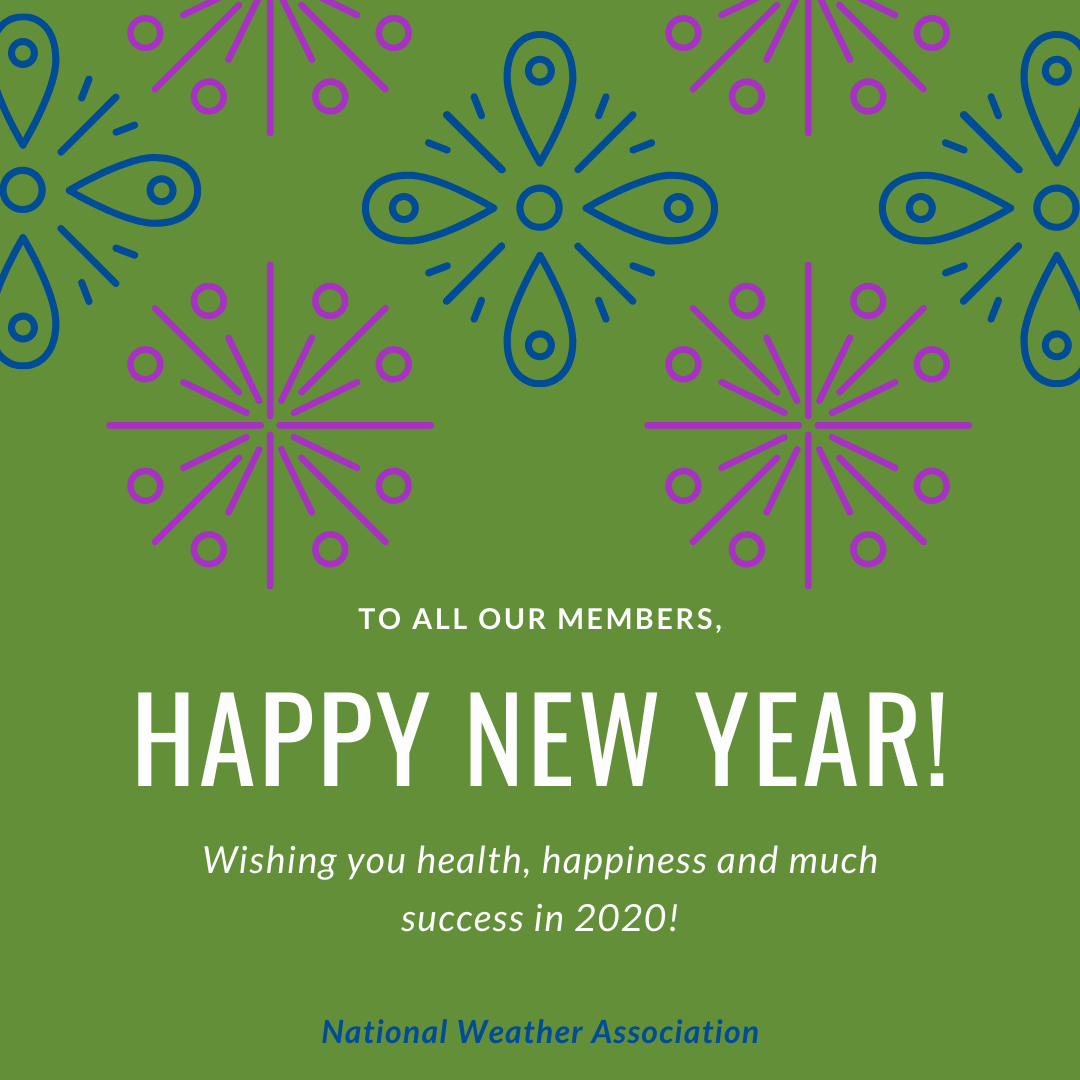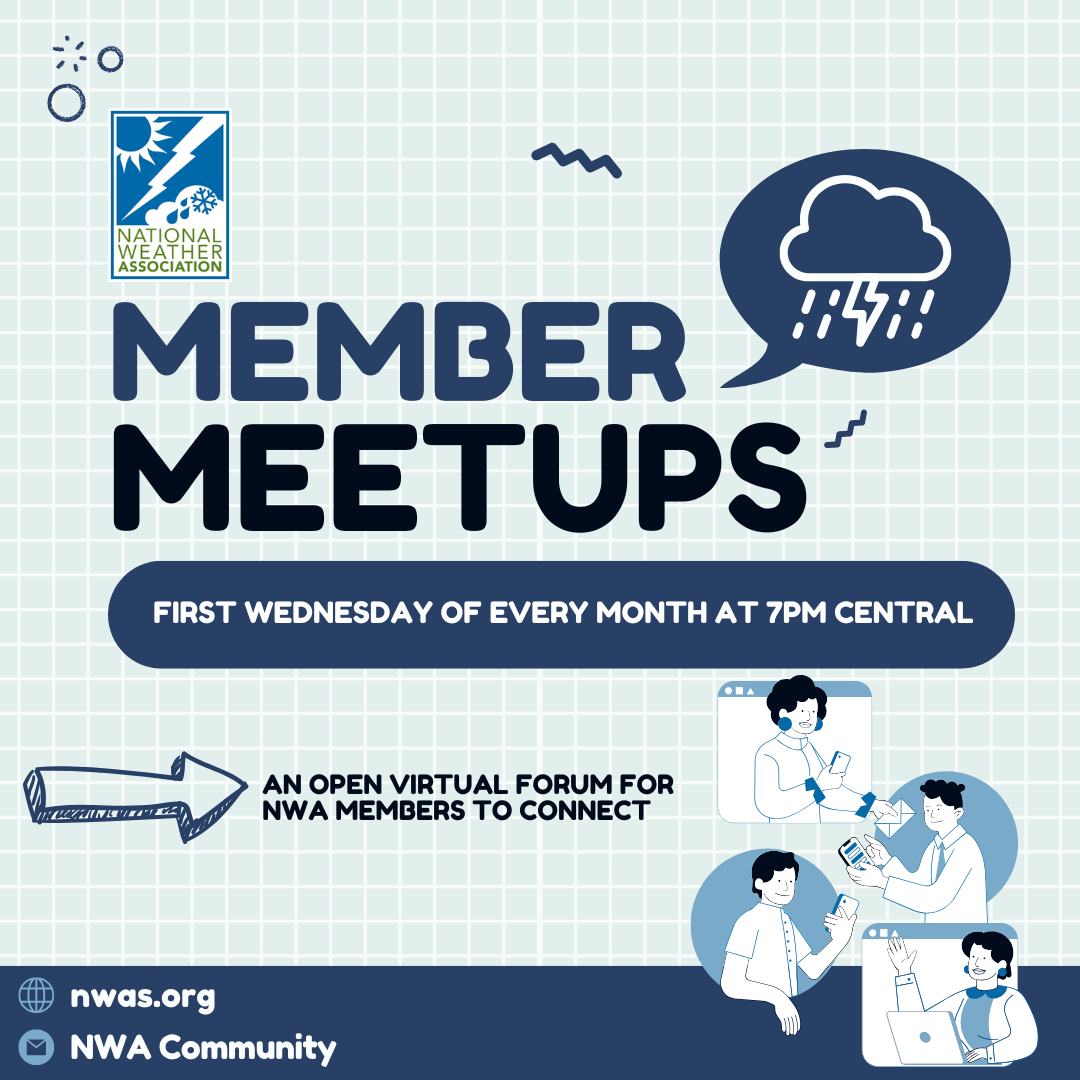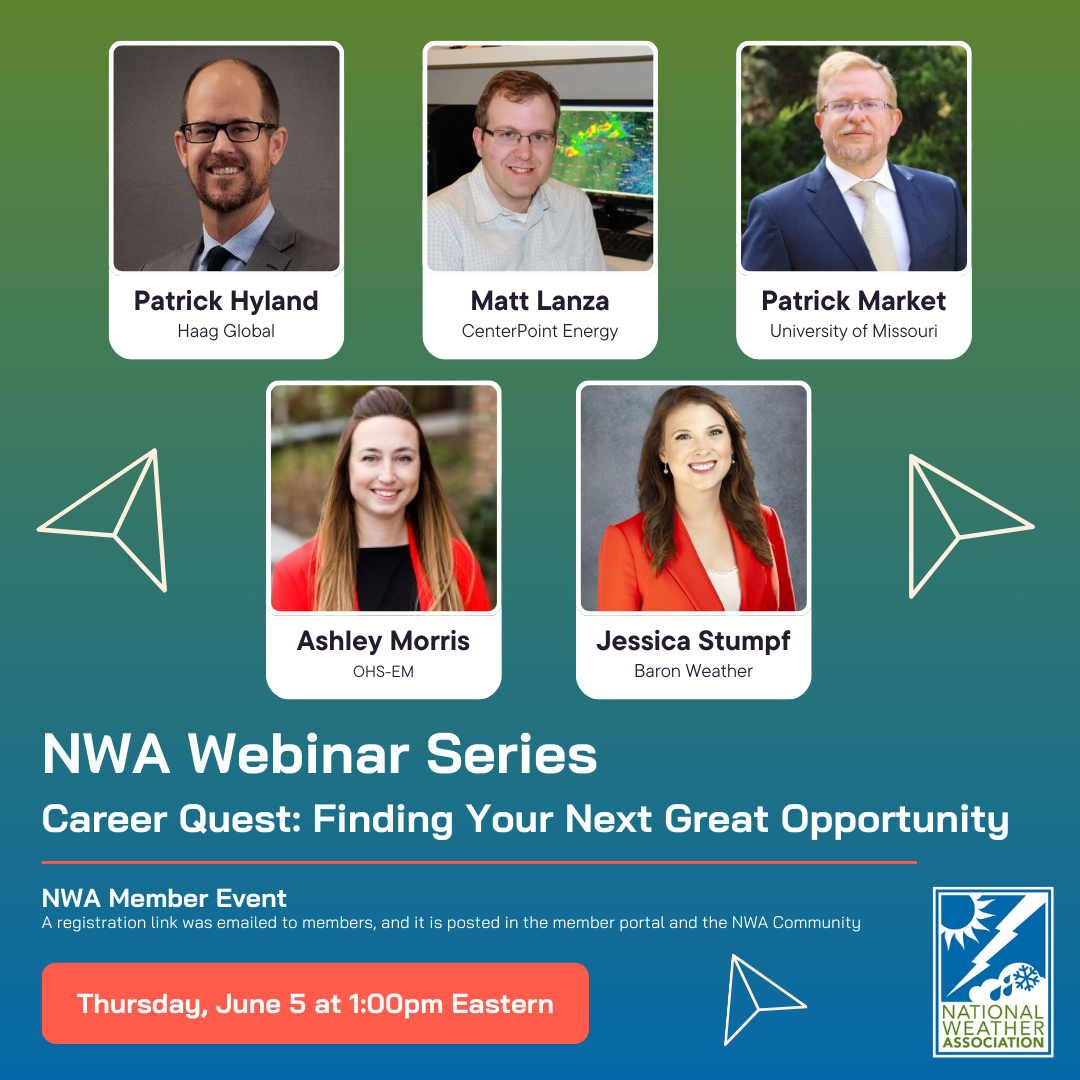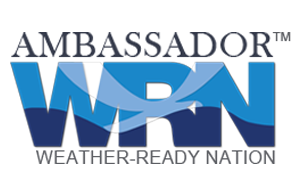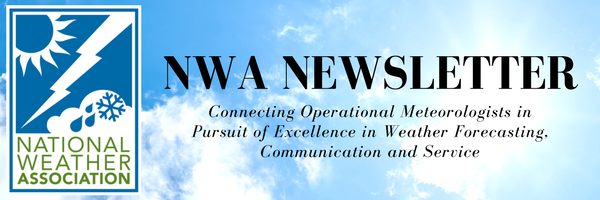 NWA January 2020 Newsletter
Issue 20 - 1
NWA President Todd Lericos
It is hard to believe that the year 2020 is here. As I prepared to begin my term as your NWA President, my thoughts often turned to the fact of how enormously humbled and grateful I am to represent you in this capacity. It is an honor to serve this great organization and you. My plans are to do the best I can. I would be remiss if I did not mention how lucky we were to have Past Presidents Paul Schlatter and Alan Sealls provide their guidance and leadership over the past two years. Likewise, I would also like to thank Lisa Spencer, Gina Eosco, Chad Gravelle, and Jon Zeitler for their service on the NWA Board of Directors. All are truly remarkable people and the positive effect they had on the NWA will echo into the future long after their terms end. It is a tradition for the President to unveil the theme for the year in the January President’s Message. I thought long and hard about choosing a theme. During this process, I reached out to many of you to discuss how our organization can help its members grow and improve in the future relative to our mission of “connecting operational meteorologists in pursuit of excellence in weather forecasting, communication, and service.” In considering this input and in consultation with the NWA Board, we have decided on a relevant and important theme: Forward Together Why this theme? Quite frankly, the challenges that artificial intelligence (AI), analytics, and digital communications bring to our field are profound in both their potential to disrupt our work, and their tremendous opportunity to improve weather forecasting, communication, and services. Urgency was also at the forefront of choosing this theme. The pace at which AI, analytics, and digital communications are advancing and improving our science are faster than ever and getting quicker by the day. Consider that AI and analytics will not only be doing the routine prediction many of us are involved in today, but will also be able to add a great deal of value to those predictions through the seamless integration of endless amounts of non-hydro-meteorological datasets. It will not be very long in the future when the public will have rapidly updating weather predictions (including warnings) automatically delivered to them with personalized decision aids that assist them in making choices. These interpretive services and decision aids have traditionally been the role of, or at least heavily influence by, the human in the forecast process. Business models in the private sector are already changing to accommodate this general trend. Many are now playing around with coupling models to AI and analytics. Likewise, advances in digital communications has a significant impact on our broadcast community as customer trends show that information is being delivered more and more through smartphones, social media, and other apps on nearly a continuous basis. What does this mean for meteorologists and the traditional cadence of broadcasts? Many broadcasters are moving toward delivering story and context behind weather trends rather than just the forecast. The operational research community will also be affected in profound ways as well. It is clear that someone will have to develop these AI and analytic systems that squeeze the most out of the nearly endless supply of data. What’s more, neural networks and machine learning continue to improve and may radically change how we solve prediction problems in meteorology. Many times the physical understanding of the meteorological processes involved is not at the core of these approaches or not even necessary. This is likely something that seems strange and counterproductive to how we have been trained and currently solve problems. It should be noted that we are not the only professional sector where this AI and analytics transformation is occurring; medical, manufacturing, production, and engineering are but a few of the career fields having their status quo challenged. Each is dealing with this change in interesting ways. Some of these professions are further along in coping with these challenges than others. Can we learn from them? Can they learn from us? One common theme in all this change is the uncertain role of the human in the process. This is where the heart of this year’s theme will reside. How will we deal with these transformational changes in our work environment? Will we behave like the Luddite textile workers of the 19th century that railed and rioted against the automation in factories that presumably took their jobs? Or will we take a more sophisticated approach in understanding these transformational changes and move Forward Together in preparing ourselves to take advantage of these new technologies and provide new ways in which we (as humans) can add value. I prefer the latter and thus our theme. I am excited about our theme for this year. Even more exciting is the fact that I will be working closely with all of you over the coming year to advance our field to better serve society. Membership Renewal Forms and New Rates Individual Membership Form Here's a quick breakdown of the new rates:
Some Notes on the Development of an Autism-Accessible SKYWARN® Storm Spotter Program Some 3.5 million Americans live with an autism spectrum condition (ASC; Baxter et al. 2014). Autism is a set of neurological conditions characterized by difficulties in social communication, unusually narrow interests, repetitive behavior, and sensory sensitivities. One particular result of this pattern of characteristics is that autistic people may strongly prefer routine so, when a change occurs, such as during dangerous weather, it may be very challenging for them to cope and adapt. To date, meteorologists have focused little attention on reaching autistic populations through weather education efforts and in public hazard messaging. One resource provided by the NWS Weather-Ready Nation (WRN) initiative targets intellectually-disabled (ID) individuals in a general sense. However, this resource was not, as far as we have been able to determine, developed with the same grassroots-level, local engagement as other resources, such as those for the deaf and hard-of-hearing. This includes NWS Forecast Offices (NWSFOs) as well as involvement by differently abled individuals, and their caretakers, guardians, and other allies who could speak to the needs of these populations. In contrast, the resources and initiatives developed for the deaf and hard-of-hearing, and for Spanish-speaking populations, have been created and spearheaded largely by local forecasters and community partners who are deaf, hard-of-hearing, or Spanish-speaking. Further, the ID-resource does not provide for the specific needs of any particular group, rather it attempts a blanket, one-size-fits all approach. While well-meaning, this is not always helpful. To locally supplement this resource, and to begin providing for the weather communication and education needs of autistic individuals, we–an NWS forecaster and meteorologically-knowledgeable, autistic psychology graduate student–partnered for a number of research studies on weather-autism connections (Bolton et al. 2018). This initial theoretical work provides evidence suggesting people on the autism spectrum tend to express higher levels of weather salience, or psychological attention to weather events (Stewart 2009), than non-autistic individuals. Given these results, this and further research pending publication has informed the creation of autism-accessible SKYWARN® storm spotter and weather education programs. The ASC-targeted SKYWARN® has also been co-developed in partnership with Maine-based autism organizations. Historically, SKYWARN® has facilitated individuals without disabilities. However, this changed in 2012, when the NWSFOs in Nashville and Huntsville began workshops specifically for the deaf and hard of hearing. Our autism-oriented pilot program at the NWSFO in Gray, Maine, is the first of its kind. The ASC-targeted SKYWARN® is different from a traditional spotter training program. Several modifications have been made to the program’s typical content and delivery. These include:
Our goal is for the program to produce a more weather-savvy, safer adult autistic population that will know how to respond to varying weather situations. The response has thus far been very positive; we aim to expand NWSFO Gray’s program in 2020. We hope other offices will look to our program as a template, so that more autistic individuals will be able to attend SKYWARN® spotter training across the country. Those interested in learning more about and adopting and adapting our program should contact Stacie Hanes for further information. Those interested in learning more about autism may do so by contacting Matt Bolton. Acknowledgments. SHH was the primary manuscript author with editing support and proofreading from MJB (both approved the final draft). MJB was supported academically during the period of this work by a Graduate Fellowship sponsored by the National Weather Service and awarded by the American Meteorological Society. The opinions, conclusions, and/or recommendations expressed here are those of the authors and do not necessarily reflect the views of the American Meteorological Society or National Weather Service. References: Baxter, A. J., Brugha, T. S., Erskine, H. E., Scheurer, R. W., Vos, T., and Scott, J. G., 2014: The epidemiology and global burden of autism spectrum disorders. Psychological Medicine, 45, 601–613, Crossref. Bolton, M. J., Blumberg, W. G., Mogil, H. M., Ault, L. K, and Hanes, S. H., 2018: Initial evidence for increased weather salience in autism spectrum conditions. PsyArxiv, preprint. Crossref. Stewart, A. E., 2009: Minding the weather: The measurement of weather salience. Bulletin of the American Meteorological Society, 90, 1833–1842. Crossref Note: Correspondence for this article should be addressed to Stacie Hanes at [email protected] COMET Quarterly Announcement, Winter 2019 Greetings from Boulder, Colorado!Below you will find COMET’s latest additions to the library of materials we host on MetEd, designed to support a variety of training needs in the geosciences. The 8 new lessons published in the past three months bring the number of COMET publications in English to 28 for this year, and 521 total. The topics in this quarter’s publications include forecasting and models, climate analysis with the CM SAF R Toolbox, using MW satellite products, measuring trace gases, and part 2 of the Mai-Yu Front training, which is also available in Traditional Chinese. We also published six new lessons in Spanish, all related to tropical forecasting. All of us at COMET thank you for using our training materials and extend our best wishes for a peaceful and joyful New Year to all of you. New COMET Lessons in English Mei-Yu Front, Part 2: Forecasting Frontal Movement and Precipitation Over Taiwan Basic Climate Analysis Using the CM SAF R Toolbox (https://www.meted.ucar.edu/training_module.php?id=10005) Microwave Remote Sensing: Applications for Water Vapor, Clouds and Precipitation NBM v3.2 Winter Weather Guidance NBM v3.2 Modified Blend Methods and New Model Components Probabilistic Forecasting of Winter Weather: HREF Applications Instrumentation and Measurement of Atmospheric Trace Gases New COMET Lessons in Spanish Uso de la guía probabilística para pronosticar el viento local de los ciclones tropicales Determinar el comienzo de los vientos de ciclón tropical y el riesgo relacionado Marejada ciclónica: productos en tiempo real Uso de la guía probabilística de marejada ciclónica para pronosticar la marejada local Mejores prácticas de exposición verbal meteorológica para ciclones tropicales New COMET Lessons in Portuguese SatFC-G: Bandas no Infravermelho, Excluindo o Vapor d’Água SatFC-G: Impactos do GOES-R na Assimilação de Dados de Satélite SatFC-G: Bandas do Infravermelho Próximo Currently, these materials are freely available to everyone, courtesy of our primary sponsors: NOAA's NWS, NESDIS and National Ocean Service programs, EUMETSAT, the Naval Meteorology and Oceanography Command, the Meteorological Service of Canada, Bureau of Meteorology, the U.S. Army Corps of Engineers, and the Department of the Interior Bureau of Reclamation.
NWA Research Operations Nexus (RON) Meetup at AMS Annual Meeting The Research Operations Nexus (RON) meetup will be hosted at the 100th AMS Annual Meeting on January 13, 2020, from 2-4 p.m. at the Boston Convention and Exhibition Center, room 205C.
For more information about the RON, visit our past article. For more information about the NWA/AMS RON Meetup being held at the AMS Annual Meeting, visit here. Because seating is limited, additional registration (at no cost) is required. NWA Event Calendar
FLASH is taking nominations for 2020 National Weatherperson of the Year Award. Vote before January 10 using this form. FLASH announced Inspecttoprotect.org No Code No Confidence at the National Disaster Resilience Conference in November 2019. The tool was created to help people determine the building codes used in their community today, or if they would need to contact their local government for information about building codes used in the past. Return to TopVisit the National Weather Association Foundation to donate. January 6, 2020 12:00 p.m. CST The U.S. Census Bureau provides a wealth of demographic and business data that weather enterprise staff can use in their work. This webinar will provide an overview of two key data tools - OnTheMap for Emergency Management and Census Business Builder: Regional Analyst Edition (and a brand new Weather Enterprise site) - that provide easy access to critical data. The webinar will also provide an update on the 2020 Decennial Census that weather broadcasters can have a role in helping to promote. Return to Top
A new NWA JOM article was published in December. JOM 2019-13: A Demonstration of Modern Geostationary and Polar-Orbiting Satellite Products for the Identification and Tracking of Elevated Mixed Layers by Gitro, C. M., D. Bikos, E. J. Szoke, M. L. Jurewicz Sr., A. E. Cohen, and M. W. Foster. The JOM publishes submissions in three categories: Article, Short Contribution and Commentary. The JOM is a peer-reviewed, all-electronic journal with an international scope, providing authors with the benefits of economical publication costs and rapid publication following acceptance. If you are interested in submitting a paper to the JOM, please go to the Call for Papers webpage. Thank you to the JOM authors, reviewers and editors for continuing to make JOM a success!
National Weather Association | 3100 Monitor Ave, Suite 123 | Norman OK 73072 | 405.701.5167 Publisher: Janice Bunting, NWA CEO Submit newsletter items to [email protected] |
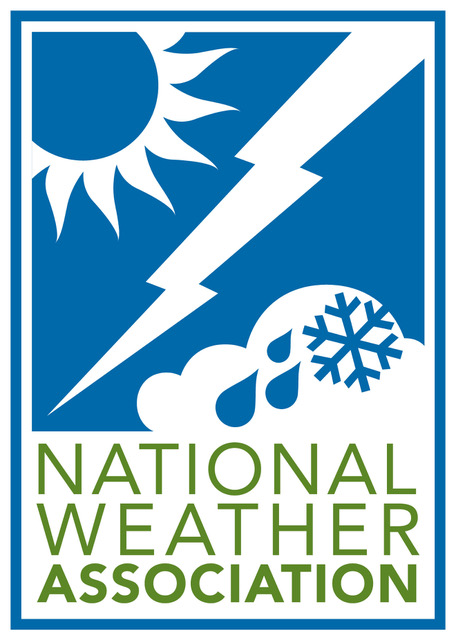
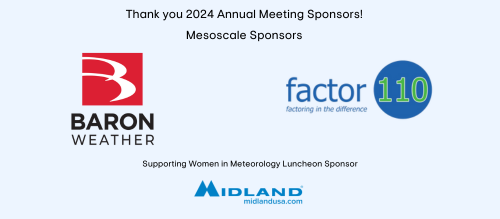
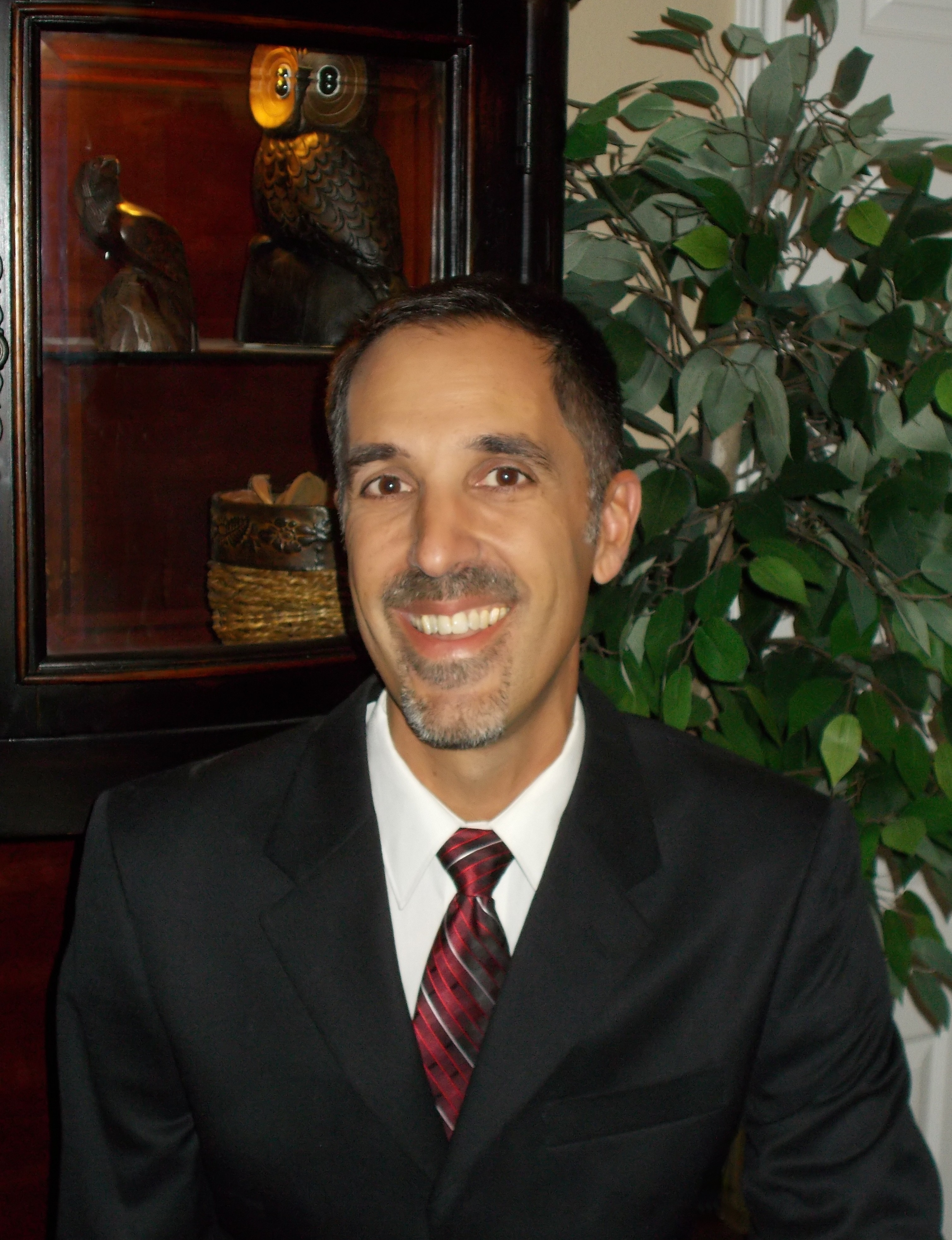 Forward Together
Forward Together